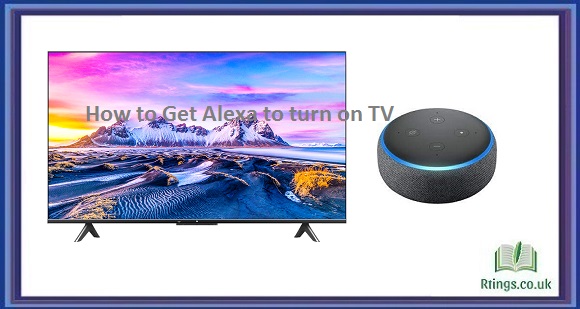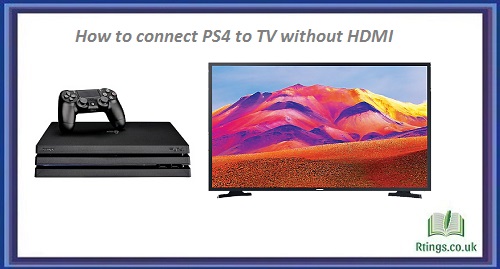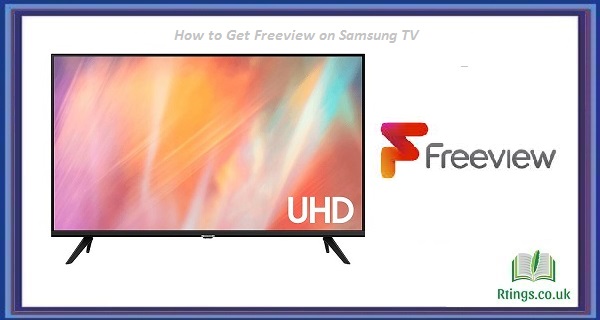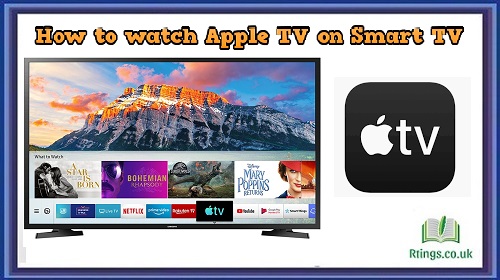When buying a budget OLED TV, the screen size is one of the most important factors to consider. OLED TVs offer amazing picture quality with deep blacks and rich colors, but choosing the right screen size can make all the difference in your viewing experience. In this article, we’ll review some key factors when selecting a screen size for a budget OLED TV.
Room Size and Viewing Distance
The first factor to consider is the size of the room where the TV will be placed and the distance between the TV and the seating area. Generally, the bigger the room and the further the viewing distance, the larger the TV you should consider. If you have a small room with a viewing distance of less than six feet, a 55-inch screen may be sufficient. However, if you have a larger room with a viewing distance of more than eight feet, a 65-inch or larger screen may be a better choice.
It’s also important to consider the height the TV will be mounted or placed. The center of the screen should be at eye level when you’re seated, meaning the TV size should be roughly 42 inches from the floor.
Picture Quality
Another factor to consider is the quality of the picture you want. OLED TVs offer superior picture quality compared to other types of TVs, but the quality can vary between models and brands. Larger screen sizes may be more beneficial if you want a more immersive viewing experience and want to take full advantage of OLED technology. Larger screens also tend to have more uniform lighting and fewer color accuracy and brightness issues.
Budget
Of course, your budget is an important consideration when choosing a screen size for a budget OLED TV. OLED TVs tend to be more expensive than other types of TVs, but prices have been coming down in recent years. Generally, the larger the screen size, the more expensive the TV. However, some great budget options offer excellent picture quality and screen sizes that are suitable for most rooms.
Brand and Model
The brand and model of the TV you choose can also impact the screen size you should select. Different brands and models may have different features, such as smart TV functionality, HDR support, etc. Brands may also offer better picture quality or more consistent color accuracy, which can make a difference in the overall viewing experience. It’s important to research different brands and models to find one that offers the features and picture quality you want in a screen size that fits your budget.
Personal Preference
Ultimately, the screen size you choose will come down to personal preference. Some people prefer a more immersive viewing experience with a larger screen size, while others may prefer a smaller screen more suitable for their room size and viewing distance. It’s important to consider your preferences and how you will be using the TV when making a decision.
Conclusion
Choosing the right screen size for a budget OLED TV requires considering a variety of factors, including room size, viewing distance, picture quality, budget, brand and model, and personal preference. By considering these factors, you can find a screen size that offers the best viewing experience for your needs and budget. Whether you choose a smaller screen for a comfortable viewing experience or a larger one for a more immersive experience, an OLED TV can provide incredible picture quality and an enjoyable viewing experience.
Frequently Asked Questions (FAQs)
How does room size affect the choice of screen size for a budget OLED TV?
Room size is crucial when choosing the right screen size for a budget OLED TV. The size of the room will determine the viewing distance, which in turn affects the optimal screen size. If you have a small room with a viewing distance of less than six feet, a 55-inch screen may be sufficient. However, if you have a larger room with a viewing distance of more than eight feet, a 65-inch or larger screen may be a better choice. It’s important to consider the height at which the TV will be mounted or placed, ensuring that the center of the screen is at eye level when you’re seated.
Does the picture’s quality affect the screen size choice for a budget OLED TV?
The picture’s quality can impact the screen size choice for a budget OLED TV. OLED TVs offer superior picture quality compared to other types of TVs, but the quality can vary between models and brands. Larger screen sizes may be more beneficial if you want a more immersive viewing experience and want to take full advantage of OLED technology. Larger screens also tend to have more uniform lighting and fewer color accuracy and brightness issues. However, it’s important to find a balance between the size of the screen and the quality of the picture, ensuring that the picture is clear and crisp regardless of the screen size.
How does the budget affect the choice of screen size for a budget OLED TV?
Budget is important when choosing the right screen size for a budget OLED TV. OLED TVs tend to be more expensive than other types of TVs, but prices have been coming down in recent years. Generally, the larger the screen size, the more expensive the TV. However, some great budget options offer excellent picture quality and screen sizes that are suitable for most rooms. It’s important to set a budget and find a screen size that fits that budget while still offering the features and picture quality you desire.
What role does personal preference play in choosing the right screen size for a budget OLED TV?
Personal preference is crucial in choosing the right screen size for a budget OLED TV. Ultimately, the screen size you choose will come down to personal preference. Some people prefer a more immersive viewing experience with a larger screen size, while others may prefer a smaller screen more suitable for their room size and viewing distance. It’s important to consider your preferences and how you will be using the TV when making a decision. You should also take into account the type of content you typically watch, as some genres may benefit from a larger screen size while others may not require it. By considering your personal preferences and habits, you can choose the right screen size that offers the best viewing experience for you.







